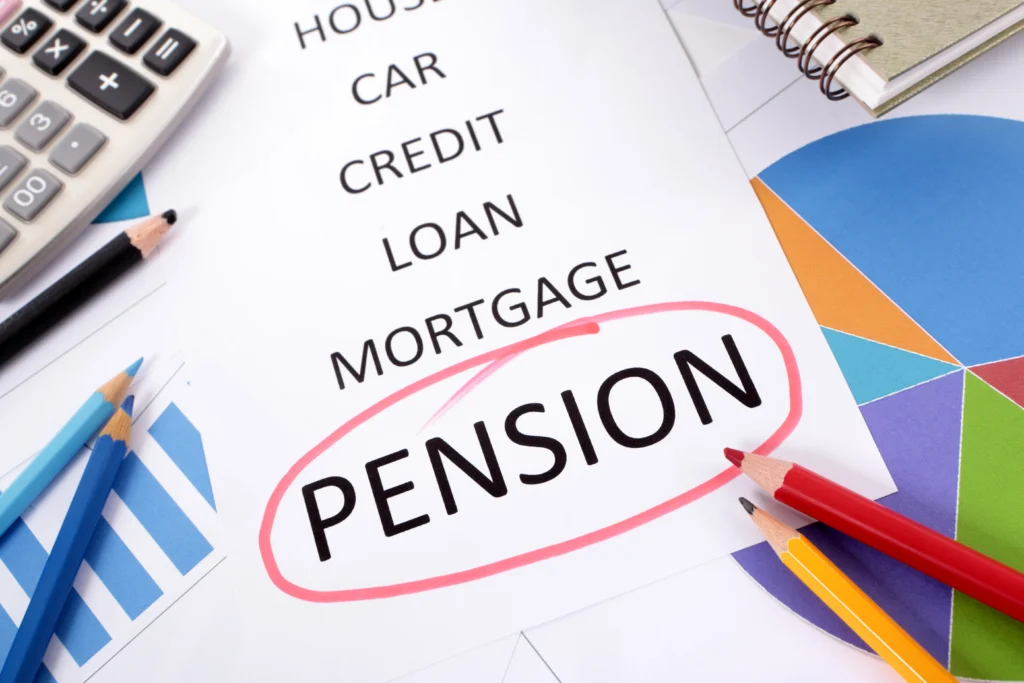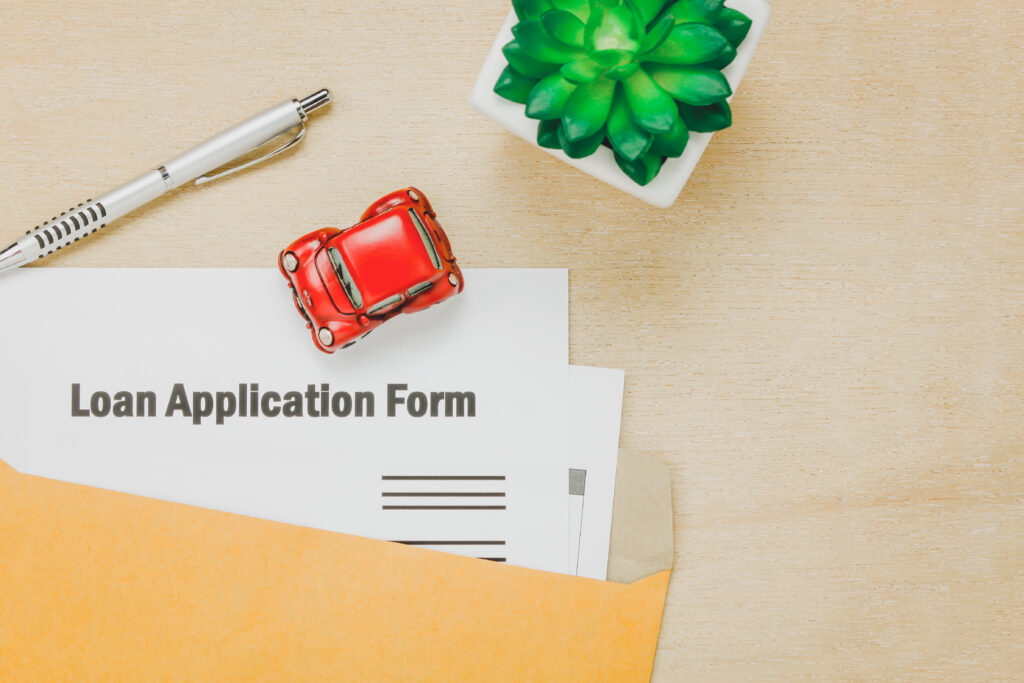The modern world is dynamic, and incurring unexpected expenditures wisely is now one of the priorities of many people. People do not want to use their savings in most cases, even when it involves a medical emergency, destination wedding, home renovation, or purchasing of a high-end gadget. Rather, they resort to easy and easy-to-obtain credit to fulfill such monetary demands. The most popular two options are personal loans and credit card EMIs. Both are types of credit in that funds are immediately available and because of this they are enticing options to spend on emergencies or planned purchases.
But although it is of the same purpose, that is, they are both used to provide financial aid, the features, benefits, interest rates, reputation and eligibility conditions are extremely different. The correct way to do it is based on your own financial situation, capacity to repay, and type of the expense. In this article, we shall discuss the major distinctions between a personal loan and credit card EMIs and make you choose which one would be more sensible to you at the moment, regarding the current financial position.
What is a personal loan?
A personal loan is an unsecured loan where you borrow a fixed amount from a bank or NBFC without any collateral. You receive this amount as a lump sum and repay it in fixed monthly installments. You can use the loan for any personal purpose like education, travel, medical or home renovation. The tenure of this loan ranges from 1 to 5 years and the interest rate can range from 10% to 24%. Approval takes some time and requires basic documents like pay slips and identity proofs.

What is Credit Card EMI?
Credit card EMI means you buy an expensive item using your credit card and break it down into smaller installments immediately. This facility is usually available at the time of purchase or can be changed online later. Interest rates range from 12% to 24%, but sometimes 0% EMI offers are also available. This option is best for those who have short term payments and want to buy a product quickly.
Difference between the two options
A personal loan gives you more money and a longer tenure. You can take cash and use it for any purpose. Credit card EMI is useful only when you are buying a product and it is within your card limit. A personal loan required documents while a credit card EMI does not involve any paperwork. A personal loan is better if you want flexible repayments and more money. If you need to buy something urgently and you can pay it off in a short period of time then credit card EMI will be right.
When is a personal loan?
When you need cash rather than something specific, or you need more money and a longer term, a personal loan is better. This loan is perfect for marriage, education, travel or home renovation. Approval takes 1 to 3 days, but you get the full amount at once which you can use as per your convenience.

What is the duration of credit
If you want to buy a phone, laptop or appliances and your credit card has an EMI option available, you can convert it to EMI. This option is available instantly, no documentation is required, and if the offer is running, you can even get 0% interest. But this is valid only for those who can pay in short term and have enough limit on their card.
Some common mistakes
People often make decisions based on the interest rate when they should also be looking at the total payment amount and hidden charges. Taking a loan without assessing your income and repayment capacity is also a big mistake. Many people are careless in the documentation which leads to delays. Taking a 0% EMI offer without realizing it can also be costly at times if there are hidden fees.
How to create a payment plan and budget
Analyze your monthly income before taking out a loan or EMI. Try to ensure that your total EMI burden does not exceed 40% of your salary. Every bank has an EMI calculator on their website that you can use to estimate. Payments can be made conveniently by using auto debit and no EMI can be skipped. Always monitor credit score so that one can borrow easily in future.

For example scenarios
Ali wanted PRs 5 lakh for his sister’s wedding. He took a personal loan for a period of 3 years. His EMI was ₹16,600 which was manageable according to his salary. On the other hand, Riya bought a laptop worth ₹75,000 and opted for a credit card EMI for 6 months with 0% interest. She was comfortably paying ₹12,500 per month.
Credit score gone
Both personal loans and credit card EMIs affect your credit score. If you pay EMIs on time, your score improves. But delay has a negative effect. Taking credit card EMI reduces your card limit which can lower your score in the short term. So before taking EMI, think carefully whether you will be able to repay it on time or not.
How to make the final decision?
If you need a large sum of money and you need cash, then taking a personal loan would be the right thing to do. But if you are buying a specific item and need quick EMI without any documents, then credit card EMI is a better option. Everyone’s financial situation is different, so one plan may not be right for everyone.
Conclusion
Taking a loan today is not difficult but it is important to use it properly. Both personal loan and credit card EMI are useful tools but each tool has its right time and use. All you have to do is check what is your current requirement, how much monthly payment you can afford and what is your credit profile. Making the right decision can save you unnecessary stress and strengthen your credit history. I can also share this article in a blog, Instagram post, or PDF format if you’d like. tell me what you want